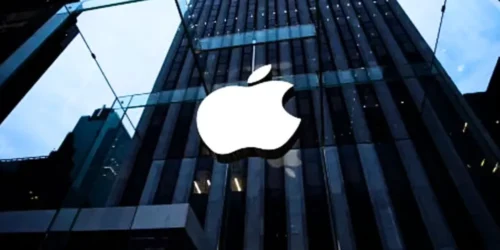The rapid and revolutionary rise of financial technology has democratized investing, placing the volatile power of the stock market directly in the hands of millions of people. With a few swift taps on a smartphone screen, anyone can buy a fraction of a share, trade a volatile currency, or check the real-time performance of their retirement portfolio. This constant, immediate access, however, has introduced a new and uniquely potent form of driver distraction.
The inherent volatility of the market, combined with the dopamine rush of a successful trade or the panic of a sudden dip, creates a compelling and persistent urge to check in. This is not a passive distraction; it is an active, engaging one.
Across the country, drivers are pulling up their trading apps at red lights, glancing at candlestick charts while stuck in slow-moving traffic, and making complex financial decisions when their entire focus should be on navigating a multi-ton vehicle through a complex environment.
The very nature of modern fintech—fast, mobile, gamified, and always on—creates a perfect storm for in-car distraction. This is not the cognitive equivalent of a casual text message. It involves absorbing data, performing quick analysis, and making emotional decisions about one’s financial future.
This level of cognitive load completely removes a driver’s attention from their surroundings, making them blind to a changing traffic light, a pedestrian stepping into a crosswalk, or a car stopping suddenly ahead. We must recognize this new danger for what it is: a high-stakes digital casino that has been installed in every driver’s seat.
The powerful allure of a quick profit on the market is closing our eyes to the ultimate price we might pay on the road. The most important investment we can ever make is our full, undivided attention when behind the wheel.













